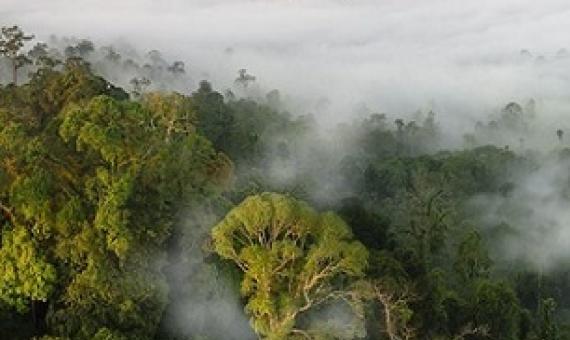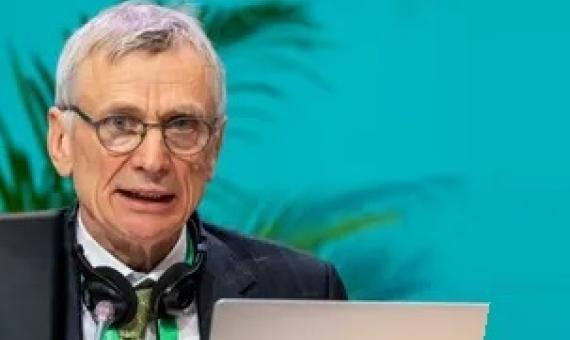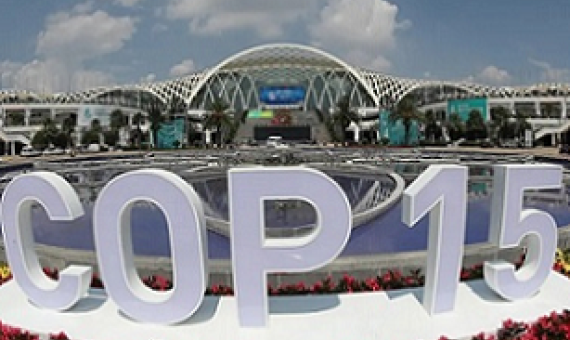The Kunming-Montreal Global Biodiversity Framework: what it does and does not do, and how to improve it
The Kunming-Montreal Global Biodiversity Framework (GBF) marks one of the most ambitious environmental agreements of the 21st century. Yet despite the ambition, and the considerable change in approach since negotiating its predecessor (the 2025 Vision and Aichi targets), the many pressures, including working through a global pandemic mean that the final agreement, despite several years of delay, is weaker than might have been hoped for.











